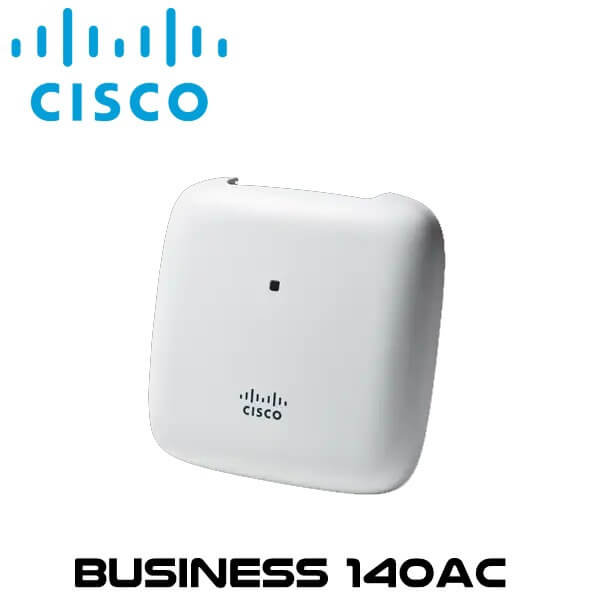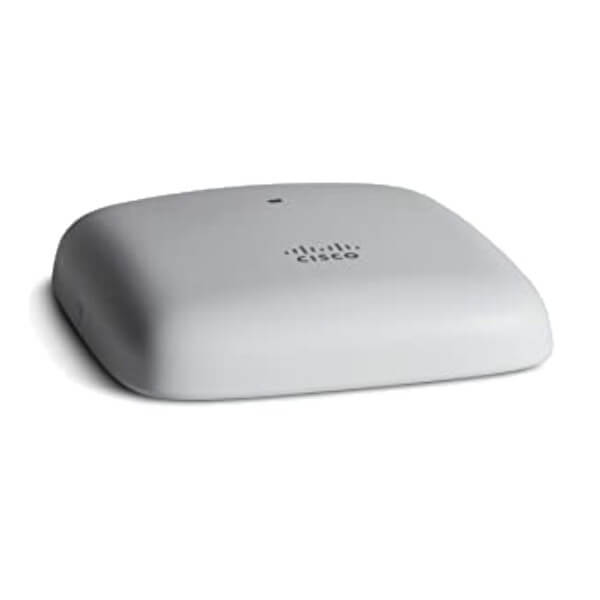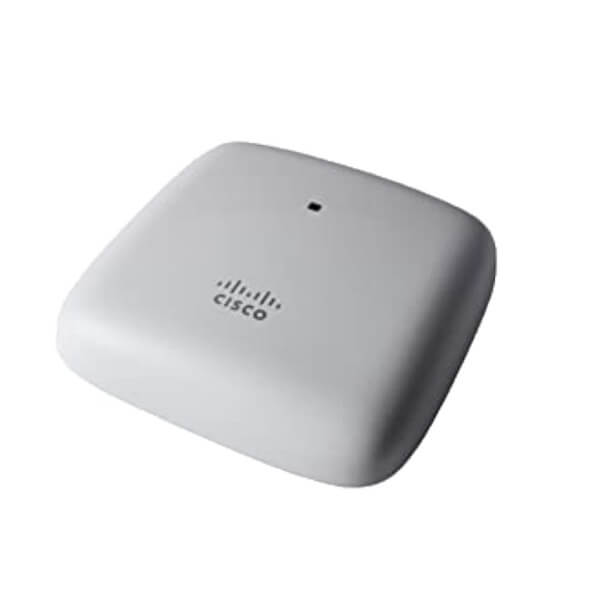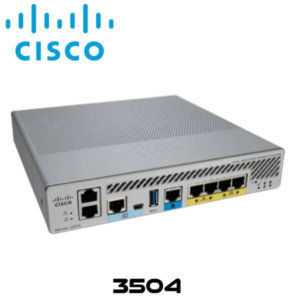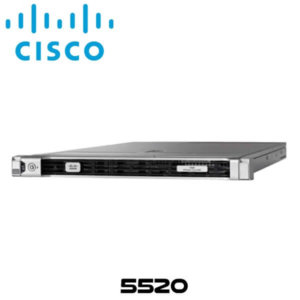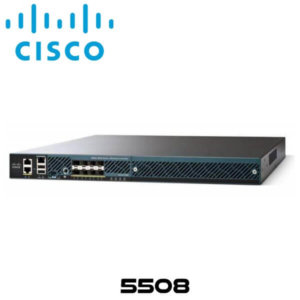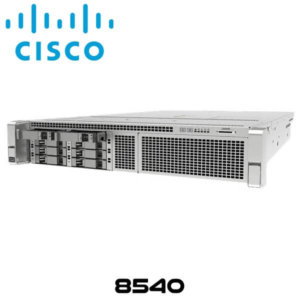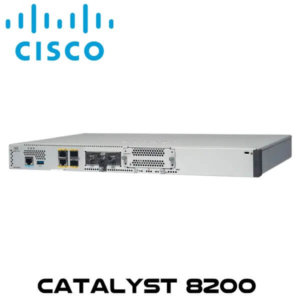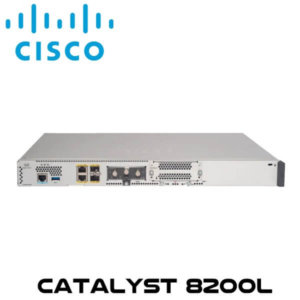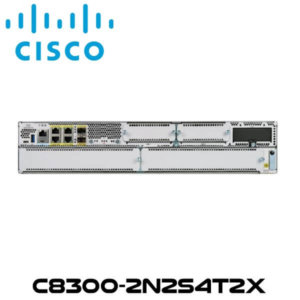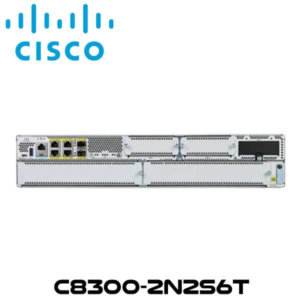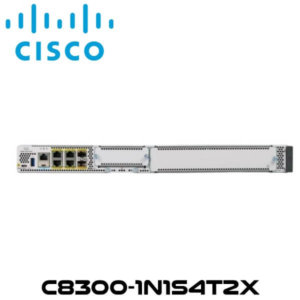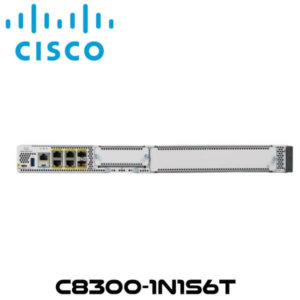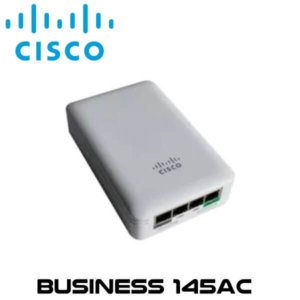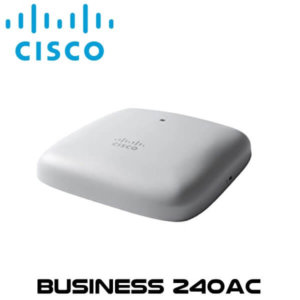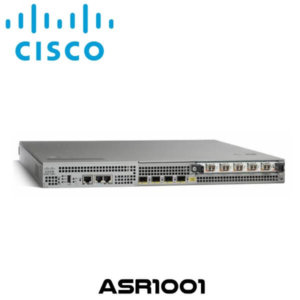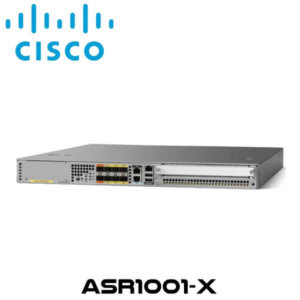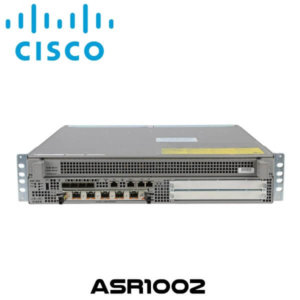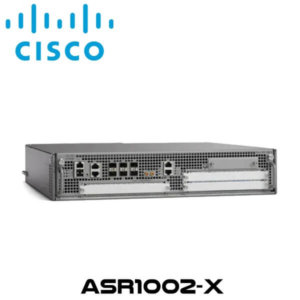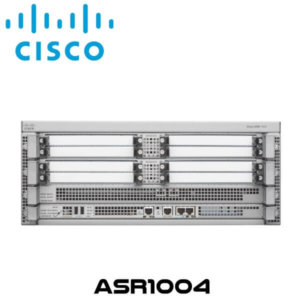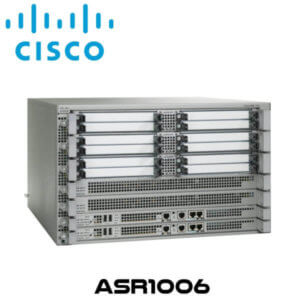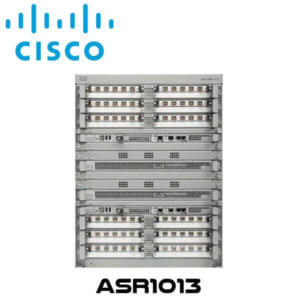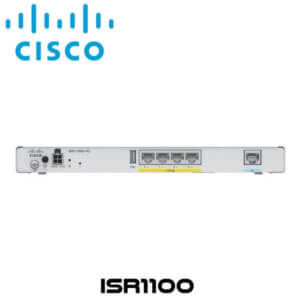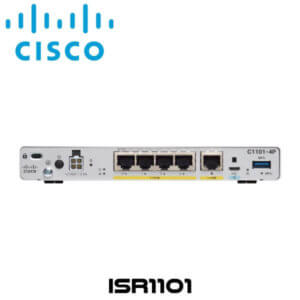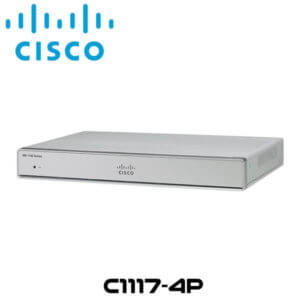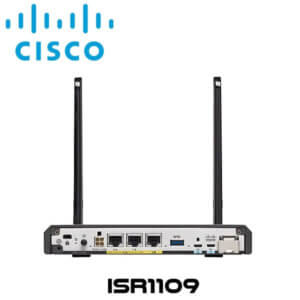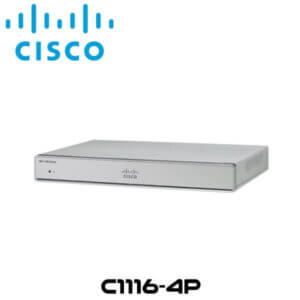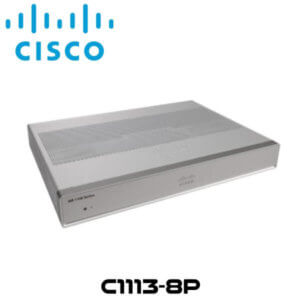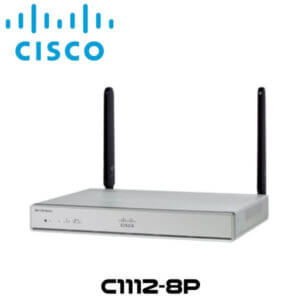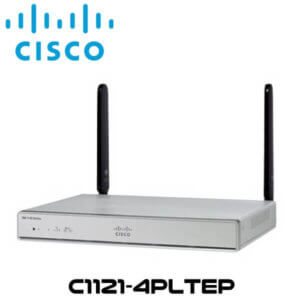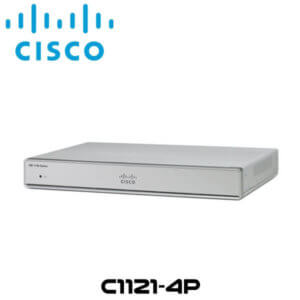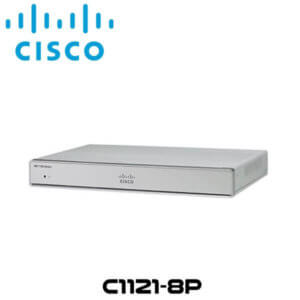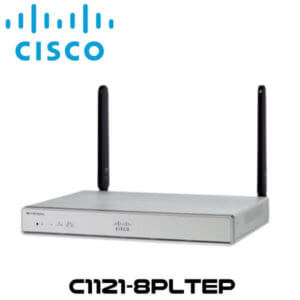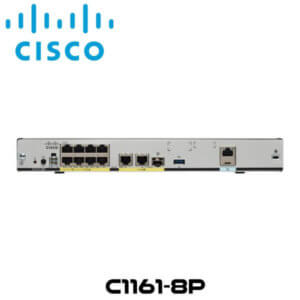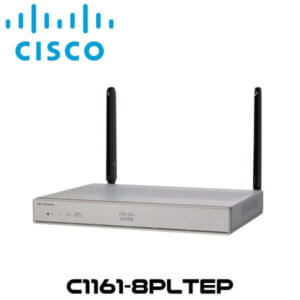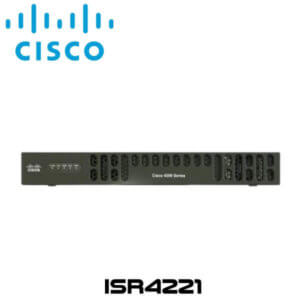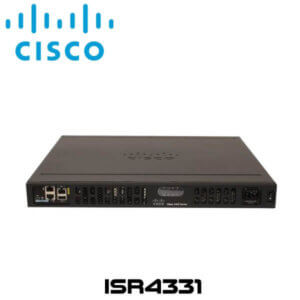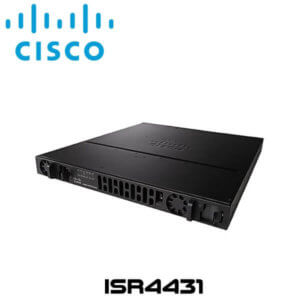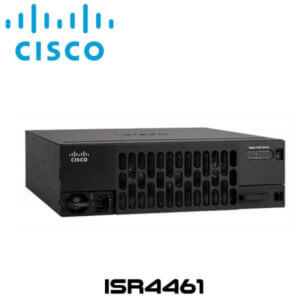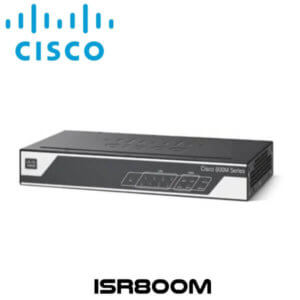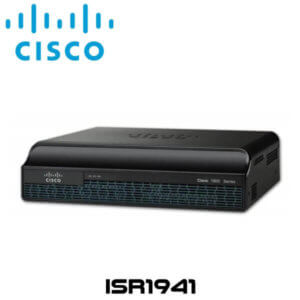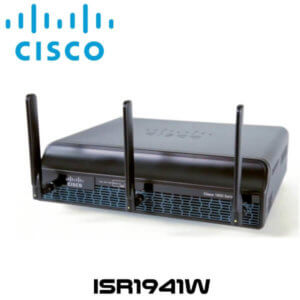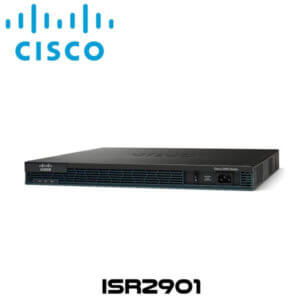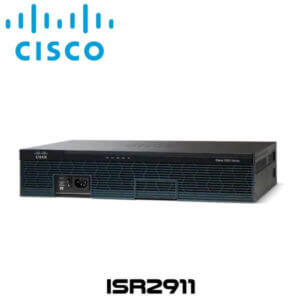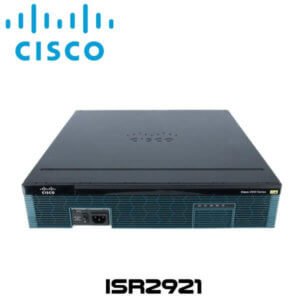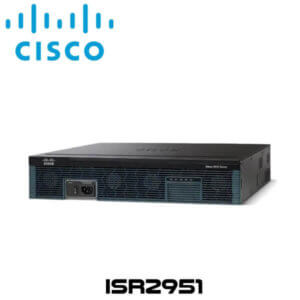Description
Cisco Business140AC Access Point Kenya
The Cisco Business140AC Kenya is Access Point that delivers industry-leading wireless performance with support for the latest Wi-Fi standard, IEEE’s 802.11ac Wave 2. This Cisco WiFi Kenya extends coverage and capacity to Wi-Fi clients such as smartphones, tablets, and high-performance laptops that have integrated 802.11ac Wave 1 or Wave 2 support. The Cisco Business140AC Kenya also meets the growing flexibility requirements of wireless networks by introducing mesh technology while delivering a simple user experience. With 802.11ac Wave 2 standard support, this Cisco Business140AC Kenya Access Point delivers a data rate of up to 867 Mbps on its 5-GHz radio. This exceeds the data rates offered by access points that support the 802.11n standard. It also enables a total aggregate dual-radio data rate of up to 1 Gbps, providing the necessary foundation to stay ahead of the performance expectations and needs of wireless users. The Cisco Business 140AC Access Point delivers industry-leading performance for highly secure and reliable wireless connections, for an optimal end-user experience.
Features
MU-MIMO
Cisco Business140AC Kenya provides Multi-User (MU) Multiple-Input Multiple-Output (MU-MIMO) technology allows transmission of data to multiple 802.11ac Wave 2–capable clients simultaneously to improve the Business140AC client experience. Prior to MU-MIMO, 802.11n and 802.11ac Wave 1 access points could transmit data to only one client at a time, typically referred to as Single-User MIMO (SU‑MIMO). 802.11ac Wave 2 with 2×2 :2 MIMO technology uses two spatial streams when operating in SU-MIMO or MU-MIMO mode, offering 867-Mbps rates for more capacity and reliability than competing access points.
Simplified management
Deploy and configure multiple Cisco Business access points and mesh extenders easily without a physical controller, using Cisco Business Mobile application. Optional multisite remote management is available through the Cisco FindIT Network Management.
Mesh technology support
Mix and match Cisco Business mesh extenders or access points to increase WiFi coverage throughout your business.
Flexible deployment
Cisco Business140AC Kenya offer flexible deployment models supporting multiple concurrent use cases required by small businesses, including point of sale systems, surveillance cameras, guest access, and more
Increased wireless performance and coverage, featuring mesh technology
The Cisco Business140AC Kenya Access Point supports the latest 802.11ac Wave 2 standard for higher performance, greater coverage, and higher-density networks. With simultaneous dual radios and dual bands with 802.11ac Wave 2 MU-MIMO functionality, this access point can handle the increasing number of high-bandwidth devices and applications that will soon become a common part of the network. Integrated mesh technology enables deployment flexibility that is simple and secure. You can easily expand coverage and capacity using Cisco Business wireless mesh extenders, which include models that can be placed on a desktop, plugged into an AC electrical outlet, or mounted directly to a wall.
Cisco Business Mobile app
The Cisco Business 140AC Access Point is managed by the Cisco Business Mobile app, an intuitive client application that simplifies traditional challenges associated with wireless network deployment, right from your mobile device. You can easily extend your network by adding new mesh extenders using Quick Response (QR) codes and wireless network activation in minutes. A robust management capability dynamically changes network configuration such as enabling secure guest access. Network usage, traffic patterns, and network throughput can be closely monitored, providing a real-time snapshot; this not only provides peace of mind, it virtually ensures optimal user experience. The Cisco Business Mobile app is available for iPhone, iPad, and Android devices.
Power over Ethernet
The Cisco Business140AC Kenya Access Point features a single Gigabit Ethernet uplink port and is powered by Power over Ethernet (802.3af PoE standard).
Mounting
Featuring sleek, compact access point Cisco Business140AC Kenya is designed with flexible mounting options in mind. You can mount it directly on the ceiling (including T-bar rail mounting) or a wall. It is easy to install, and the mounting hardware is included.
Specifications
| Authentication and security |
|
|
| Maximum clients | Maximum number of associated wireless clients : 200 per Wi-Fi radio, for a total of 400 clients per access point, or 1000 in a system | |
| Maximum # of Access Points | 50
Recommended up to 25 |
|
| Max # of Mesh Extenders | Maximum number of associated Cisco Business mesh extenders : 25 per Access Point, up to 8 hops | |
| 802.11ac |
|
|
| Ethernet ports |
|
|
| Data rates supported | 802.11a : 6, 9, 12, 18, 24, 36, 48, and 54 Mbps | |
| 802.11b/g : 1, 2, 5.5, 6, 9, 11, 12, 18, 24, 36, 48, and 54 Mbps | ||
| 802.11n data rates on 2.4 GHz : 6.5 to 300 Mbps (MCS0-MCS15, HT 20/40) | ||
| 802.11ac data rates on 5 GHz : 6.5 to 867 Mbps (MCS0-MCS9) | ||
| Maximum number of nonoverlapping channels | A (A regulatory domain) :
B (B regulatory domain) :
C (C regulatory domain) :
D (D regulatory domain) :
E (E regulatory domain) :
F (F regulatory domain) :
G (G regulatory domain) :
H (H regulatory domain) :
I (I regulatory domain) :
|
K (K regulatory domain) :
N (N regulatory domain) :
Q (Q regulatory domain) :
R (R regulatory domain) :
S (S regulatory domain) :
T (T regulatory domain) :
Z (Z regulatory domain) :
|
| Available transmit power settings | 2.4 GHz
Up to 20 dBm |
5 GHz
Up to 20 dBm |
| Integrated antennas |
|
|
| Interfaces |
|
|
| Indicators | Status LED indicates boot loader status, association status, operating status, boot loader warnings, boot loader errors | |
| Dimensions (W x L x H) | Access point (without mounting bracket) : 6 x 6 x 1.3 in. (150.8 x 150.8 x 33 mm) | |
| Weight | Access point without mounting bracket or any other accessories : 14 oz (400 g) | |
| Environmental | Operating
Non-operating (storage and transportation)
|
|
| System |
|
|
| Powering options |
|
|
| Power draw | 8.3W (maximum, on PoE) | |
| Mounting and physical security | Included with the access point :
|
|
| Warranty |
|
|
| Compliance | Safety :
Radio approvals :
IEEE standards :
Security :
Multimedia : Wi-Fi Multimedia (WMM) Other :
|
|


